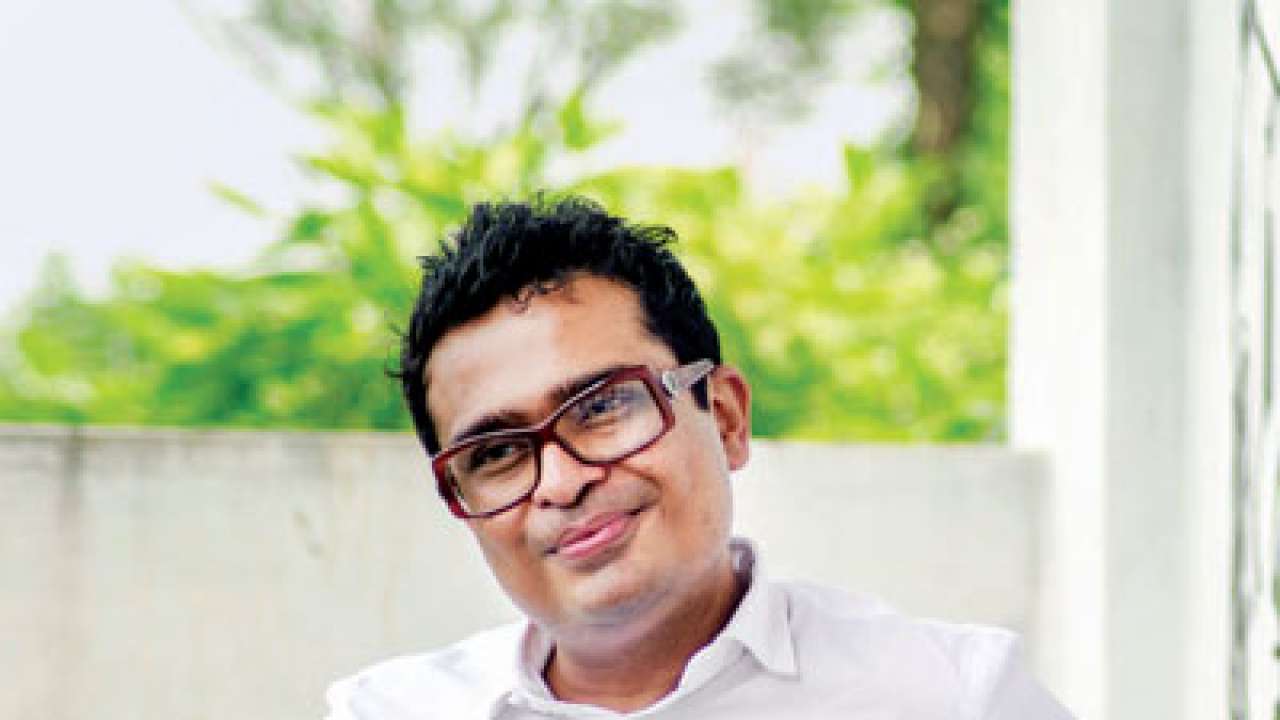
Two years ago on 12.12.12, we witnessed the Kochi Muziris Biennale, a biennale that inaugurated many firsts. This year they're back, but with a new addition to the team. Continuing their unique character of an artist led biennale, Jitish Kallat will take over as artistic director and curator of the next biennale, due to take place coming December. The Mumbai-based artist, with roots in Thrissur Kerela is critically acclaimed in both the local and international art scene.
With the biennale fast approaching, Jitish is in the midst of curatorial research trips, studio visits and a lengthy selection process. Fortunately though, I managed a long and engaging conversation with the artist earlier last month during the Dhaka Art summit.
Why Kochi?
The past is in abundance within the present in Kochi; its streets lined with ancient mosques, a 400-year-old synagogue, a 500-year-old church. Three invasions have left their marks that today seem like a layered blend of medieval Portugal, Holland and perhaps a small English settlement all grafted onto a port on the Malabar Coast like a layered palimpsest.
I hope to recall through the exhibition the great age of exploration often referred to as the Age of Discovery, a period starting in the early 15th century and continuing to the 17th century. It heralded an age of exploitation, conquest, coercive trading, commercial rivalry and colonialism, animating the early processes of globalisation. The shores of Kochi which were recipients of exploratory maritime adventure can also be an interesting observation deck from where to view the world through the discipline of contemporary art.
What is the basis of selecting work?
I began with a small pool of art-works to aid me think through my ideas. These artworks were clearly tools to guide my thought progression and several of these works aren't even in the biennale.
Many of the works in the biennale will be new. Instead of presenting a singular theme for the biennale and then setting out to find artworks that fall under its canopy, I've begun by proposing what could perhaps be called a layered set of gestures and imagery, with the intent that the biennale produces themes rather than re-produces a premeditated theme.
There will be several new works in the exhibition and I am excited to work with this proliferation of uncertainty.
Do you collect art? Could you name some of the artists you collect?
I'm quite non-acquisitive by nature and I realised early on that I'm terrible with looking after "things". That's not good for a collector. We do have pieces by some wonderful artists such as Nalini Malani, Huma Mulji, Prajakta Palav, Raqs Media Collective, Dong Wook-lee but these were mostly acquired by Reena.
Artists working as curators, in your opinion what are the pros and cons?
Since I was invited to curate Kochi-Muziris Biennale 2014, one thing I have often heard from several people is that as artists, since we are always making work ourselves, we are also able to view works from within the process of making and this could bring a different dimension to the process of curating. While there is a degree of truth to this, I must add that a perceptive curator can hold up a mirror from the vantage point of a different discipline and there is no reason for me to believe that such a curator cannot enter the process of an artist's work and view it with the awareness and empathy of a maker.
Name